Los Angeles County Museum of Art (LACMA) — David Geffen Galleries
Los Angeles, California, United States
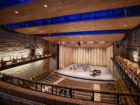
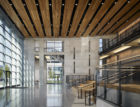

Located in one of the largest cultural districts in the United States, Moody Performance Hall implements innovative acoustical strategies to create an exceptional venue for emerging and established performance artists.
Conceived as a “village for the arts,” the Moody Performance Hall (MPH) is home to dozens of theater, music, and dance companies. Formerly known as the Dallas City Performance Hall, it sits in the heart of the Dallas Arts District. The concrete and glass building achieves a graceful simplicity through thoughtful planning and careful architectural detailing.
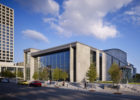
The City of Dallas’s goal was to provide a much-needed venue for non-professional performance groups. Over the course of one year, the design team held open community forums and conducted interviews with more than 75 local performing arts groups. In response, a flexible program was established to serve highly diverse users. Designed to accommodate future growth, the building provides 59,000 square-feet of space, a two-level 750-seat audience chamber, a proscenium-style stage with an 80-foot fly tower, multi-level lobby, and facility support and administrative spaces.
We wanted a firm with depth and a reputation for innovative design and another with a strong local presence. We believe that we got both.
Inside, a warm, yet modern palette of exposed concrete, glass, steel, and oak marries a dynamic aesthetic form with technical functionality. Oak panels—strategically placed to enhance acoustic quality—also add warmth to the space while curved acoustic reflectors made from solid white oak are suspended from the technical catwalk system. Custom 60-foot wool serge banners can be lowered from above to adjust for amplified sound, and the articulated board-form concrete walls adjust the sound while creating a distinctive aesthetic in the space.
A simple material palette of concrete, glass, steel and oak achieves both aesthetic and functional goals. The poured-in-place concrete structure serves as both the exterior and primary interior finish. Oak panels, located only where acoustically needed, add warmth to the interior, serving as an aesthetic counterpoint to the exposed concrete finish. Above the audience chamber, curved acoustic reflectors made from solid white oak are suspended from the technical catwalk system. Custom 60-foot wool serge banners can be lowered from above to adjust for amplified sound, and the articulated board-form concrete walls in the audience chamber diffuse and blend the sound while creating a unique aesthetic within the space. With a series of reflectors and a highly adjustable range of reverberation time from 1.2 seconds to 2.5 seconds, the acoustic solutions give the hall an exceptional degree of flexibility.

Noise and vibration was a particular concern as this building is subject to the hustle and bustle of an active urban setting, vehicular sounds from the parking garage directly below, and the roar of planes passing overhead en route to Love Field Airport. Concrete framing was used in a number of different ways to meet acoustic requirements. All floor areas within the hall, including the seating area, stage and orchestra pit, were fitted with a floating concrete slab over an acoustic isolation mat. This system was installed directly on the parking structure “roof” slab, and exists as a walking surface in the crawl space under the stage and seating area, and the finish floor surface at the orchestra pit. The seating area slab is 10 inches thick, supported on interior concrete columns (stub columns bearing on the parking structure below) and the perimeter load bearing walls. To isolate this slab from structure-borne noise and vibration, it is fully supported on 3-inch thick rubber bearing pads at all bearing locations (interior columns and perimeter walls). Corridors and ancillary spaces around the perimeter of the hall are constructed with concrete topping slabs over acoustic underlayment.

Sound management is achieved partially through the use of articulated board-formed concrete walls. The rear and side walls of the hall, all architecturally exposed concrete, are formed with rough sawn lumber to give the formed surface a distinctive, board-formed appearance. Each form board was strategically located with variable dimensions to give the wall an undulating, acoustically roughened surface to disperse the sound.
The balcony is structured to allow acoustical banners to be lowered from the ceiling, through large slots along the edge of the balcony, to the floor below. As a result, the balcony structure is supported by relatively few beams cantilevering from the perimeter wall, making it appear to “float” within the space.
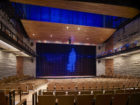
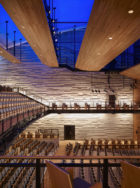
The performance hall was constructed using 50 percent locally sourced materials and products. Highly energy-efficient mechanical and electrical systems allow the building to use 40 percent less energy than baseline. A “xeriscape” strategy, using plants which require less water, results in a 79 percent reduction in water use. Energy conservation is foremost in all aspects of the design, from building orientation, to design of the enclosure, location of windows, selection of materials, sourcing of local products, and energy efficiency in the design of mechanical and electrical systems. All of these features have contributed to the building’s LEED BD+C NC Platinum certification.
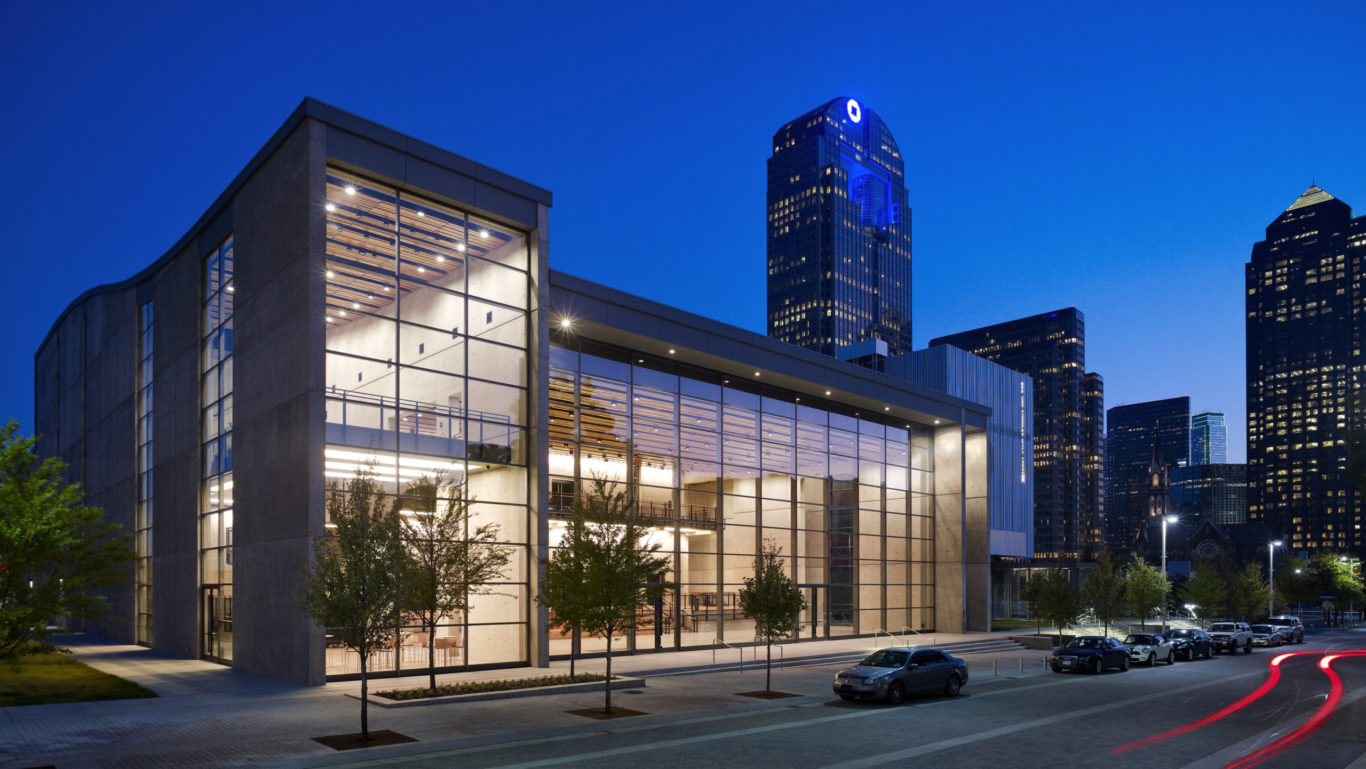
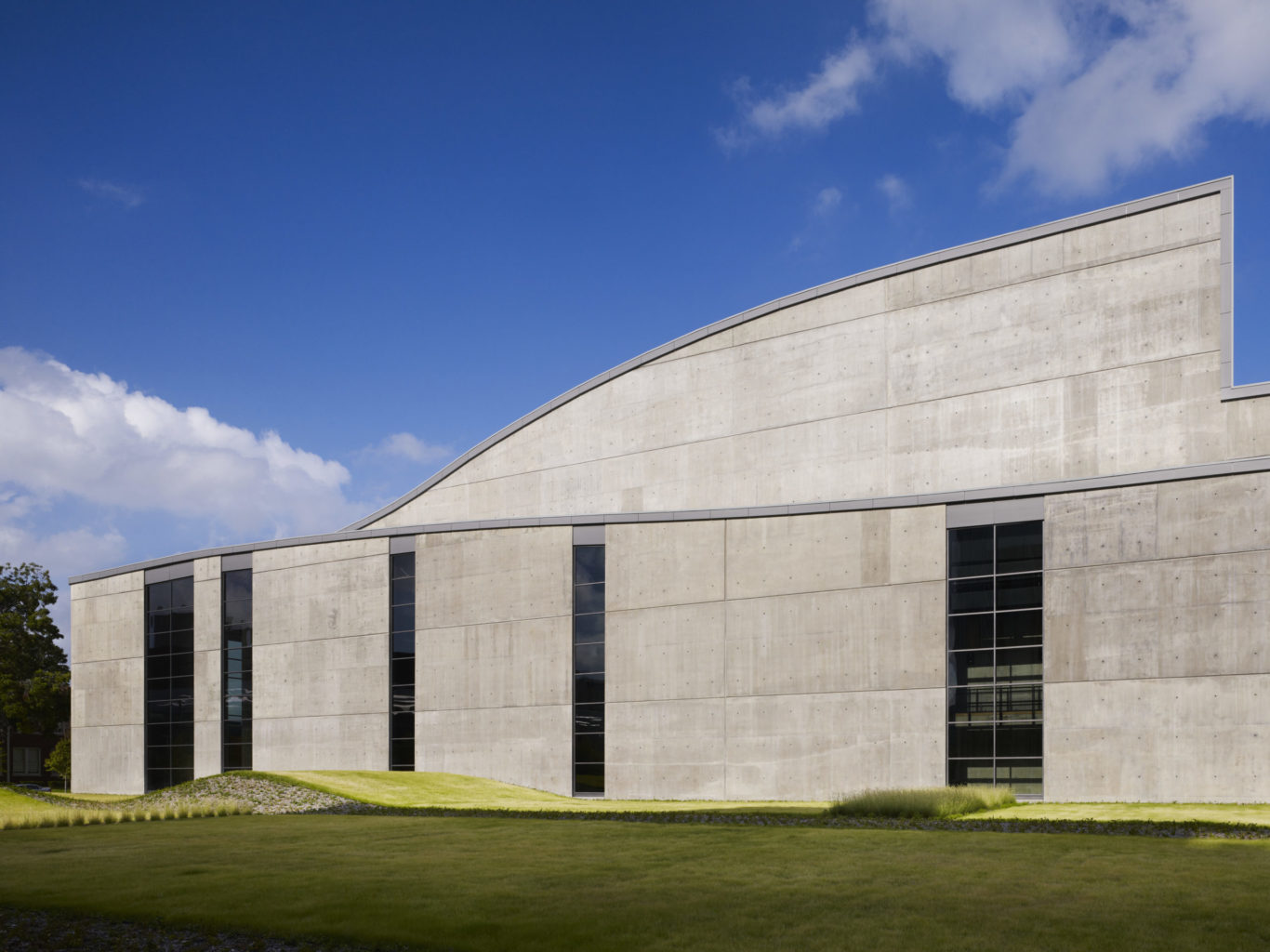
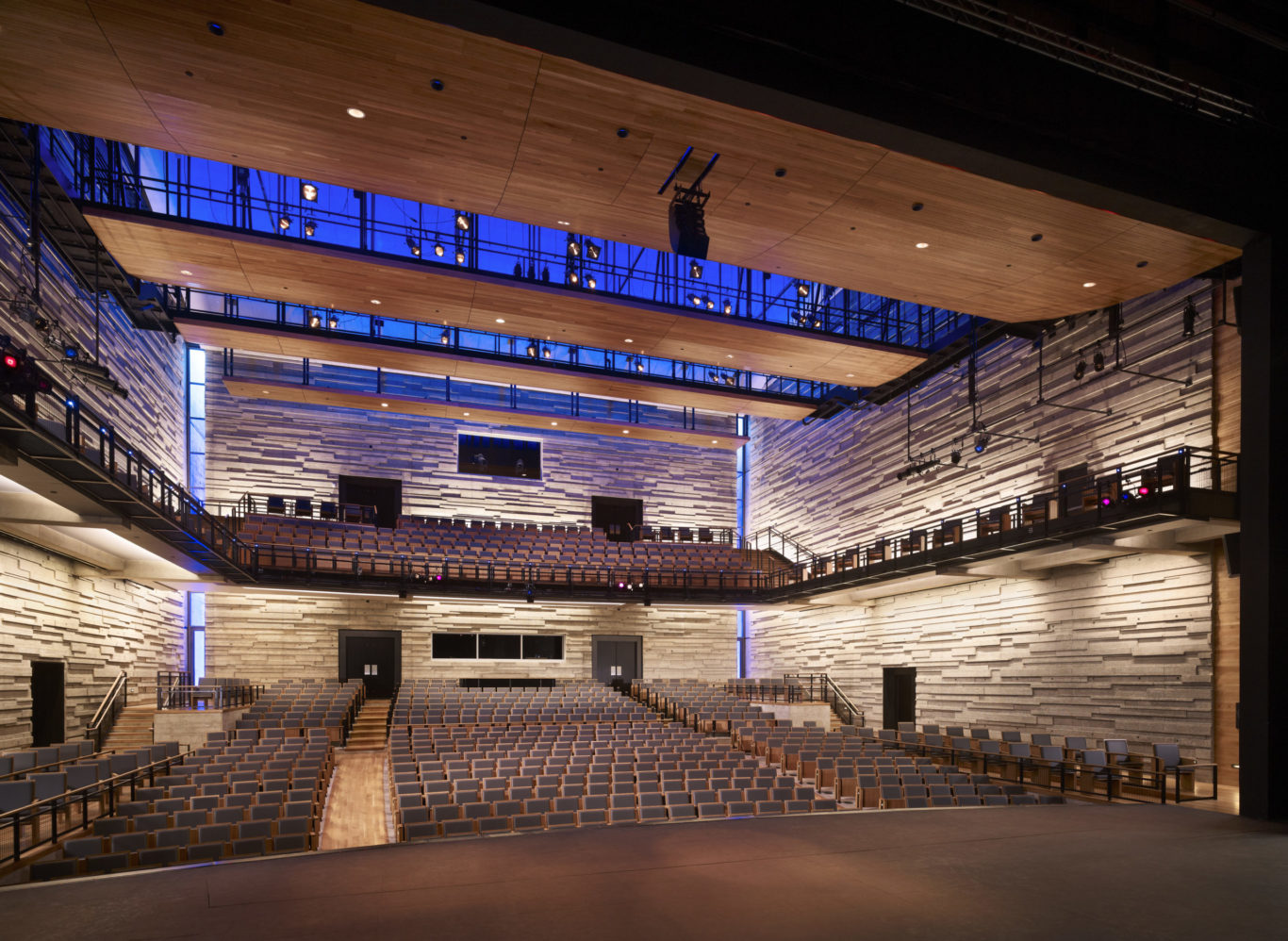
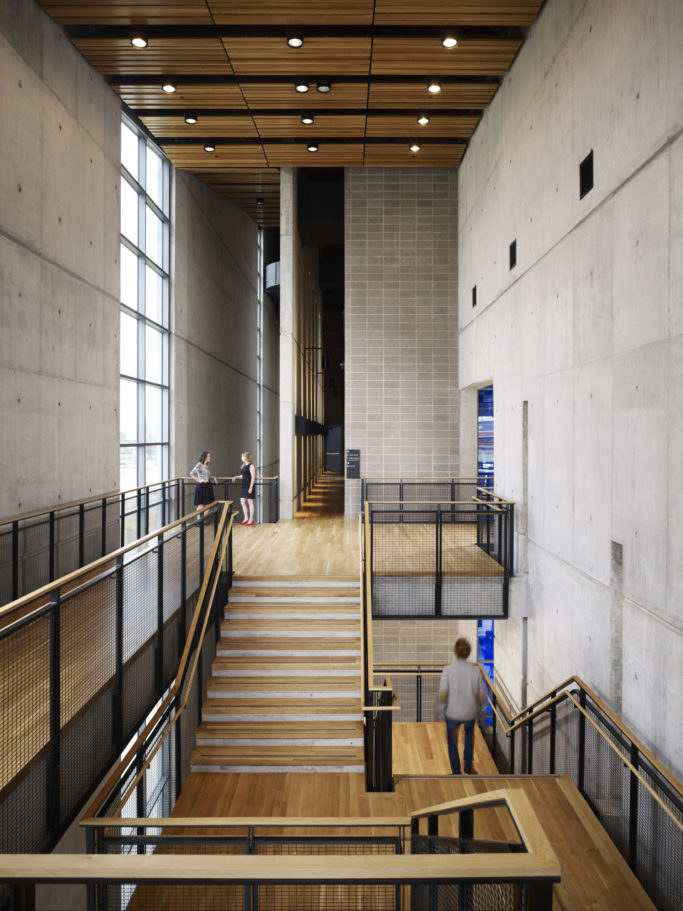
Los Angeles, California, United States
01/